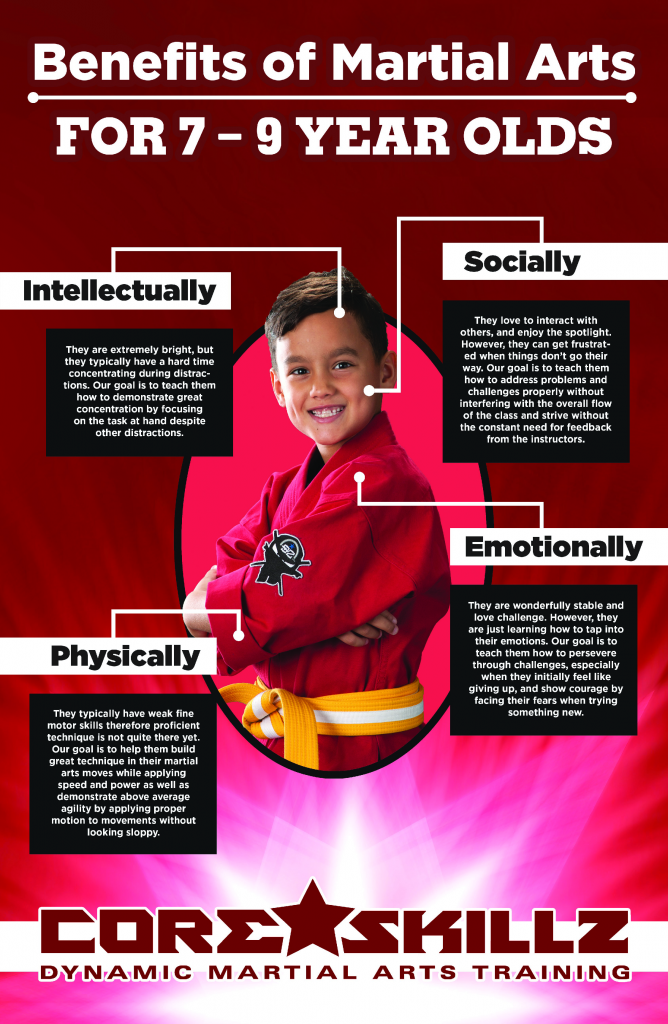The Development And Historical Context Of Martial Arts Worldwide
The Development And Historical Context Of Martial Arts Worldwide
Blog Article
Authored By- Recommended Web-site have a fascinating background that extends centuries and continents. You could discover it fascinating exactly how old practices like Shuai Jiao and Kalaripayattu prepared for modern fight methods. These self-controls not only stress physical abilities however also mirror the cultures that birthed them. As you discover their development, consider how globalization has actually changed these standard types into hybrid styles. What how to get kids interested in martial arts do you think have formed today's martial arts landscape?
Ancient Martial arts: The Foundations of Fight
As you explore the world of ancient martial arts, you'll uncover the abundant foundations that shaped battle methods throughout cultures. Early practices focused on Self-Defense and survival, typically including strikes, hurting, and weaponry.
In ancient China, as an example, methods like Shuai Jiao highlighted throws and joint locks, while India's Kalaripayattu showcased agility and fluid motion. Japanese samurai developed Kenjutsu, a refined swordsmanship that highlighted self-control and strategy.
These martial arts offered not just for battle but also as a means of individual growth, instilling worths like respect and determination. The mixing of these techniques over time prepared for the diverse martial arts you see today, each reflecting the special approaches and requirements of its culture.
The Social Impact on Martial Arts Development
While martial arts frequently mirror the useful needs of a culture, they additionally embody the cultural values and ideas of their beginnings. When you check out various martial arts, you'll see how they're influenced by religion, ideology, and social standards.
For example, the emphasis on respect and discipline in Japanese martial arts stems from Zen Buddhism and samurai society. On the other hand, Brazilian Jiu-Jitsu advertises versatility and strategy, formed by the need for effectiveness in a varied, modern environment.
You might discover that the routines, uniforms, and training methods reflect an area's background and identity. By comprehending these cultural influences, you deepen your recognition of martial arts and their duty in shaping human experiences across the globe.
Modern Adaptations and the Globalization of Martial arts
Martial arts have transformed dramatically in current decades, adjusting to modern society and global impacts. You'll observe that traditional types have combined with contemporary methods, producing hybrid styles like MMA. These adaptations cater to diverse target markets, making martial arts obtainable and attractive worldwide.
With the surge of social media and digital systems, you can find tutorials and competitors from all corners of the world, breaking geographical barriers. This globalization has resulted in a shared gratitude for numerous techniques, from Brazilian Jiu-Jitsu to Taekwondo.
As you involve with these arts, you'll understand they're not almost battle; they promote physical fitness, technique, and psychological wellness.
Inevitably, contemporary adjustments have actually enhanced the martial arts landscape, making it a dynamic and advancing practice.
Final thought
In checking out the history and evolution of martial arts, you reveal an interesting mix of methods, societies, and approaches. From old techniques like Shuai Jiao and Kalaripayattu to the modern adaptability seen in MMA, martial arts mirror humankind's quest for Self-Defense and individual development. As you engage with these practices, you not only acquire abilities but also a deeper gratitude for the varied traditions that form our world today. So, continue your trip and accept the art of battle!
